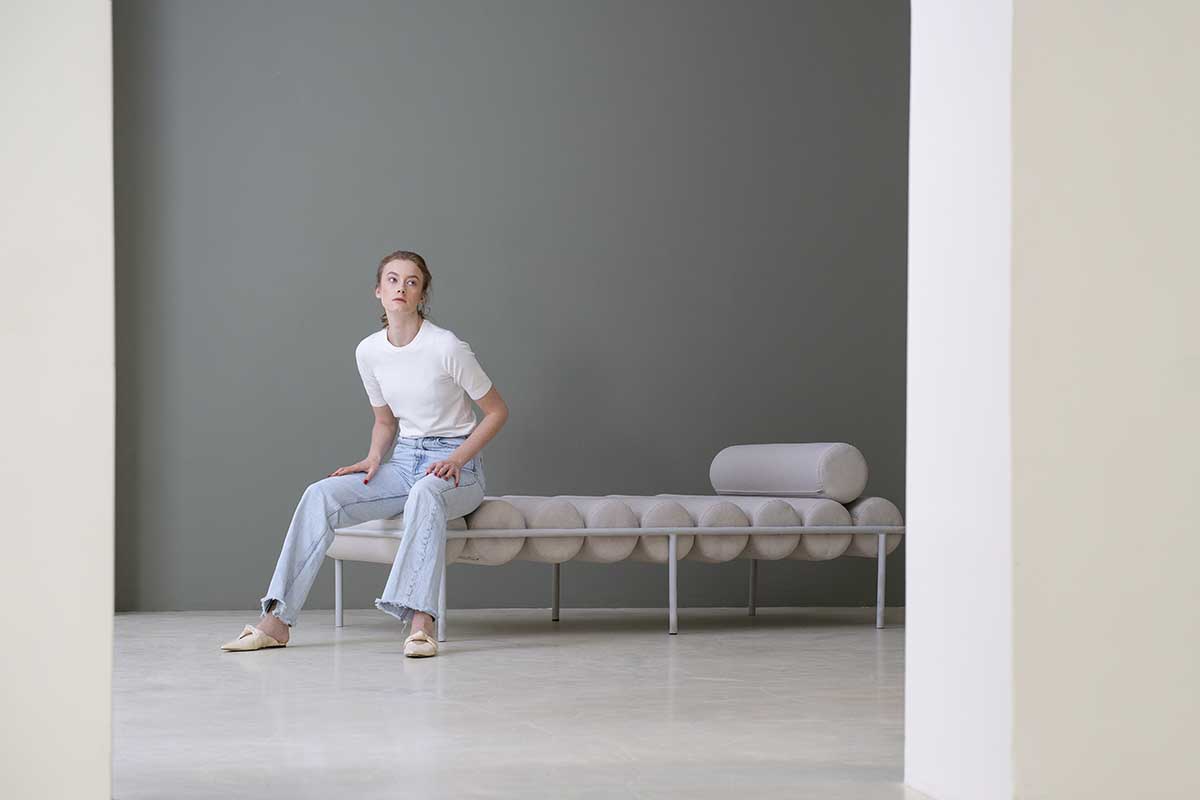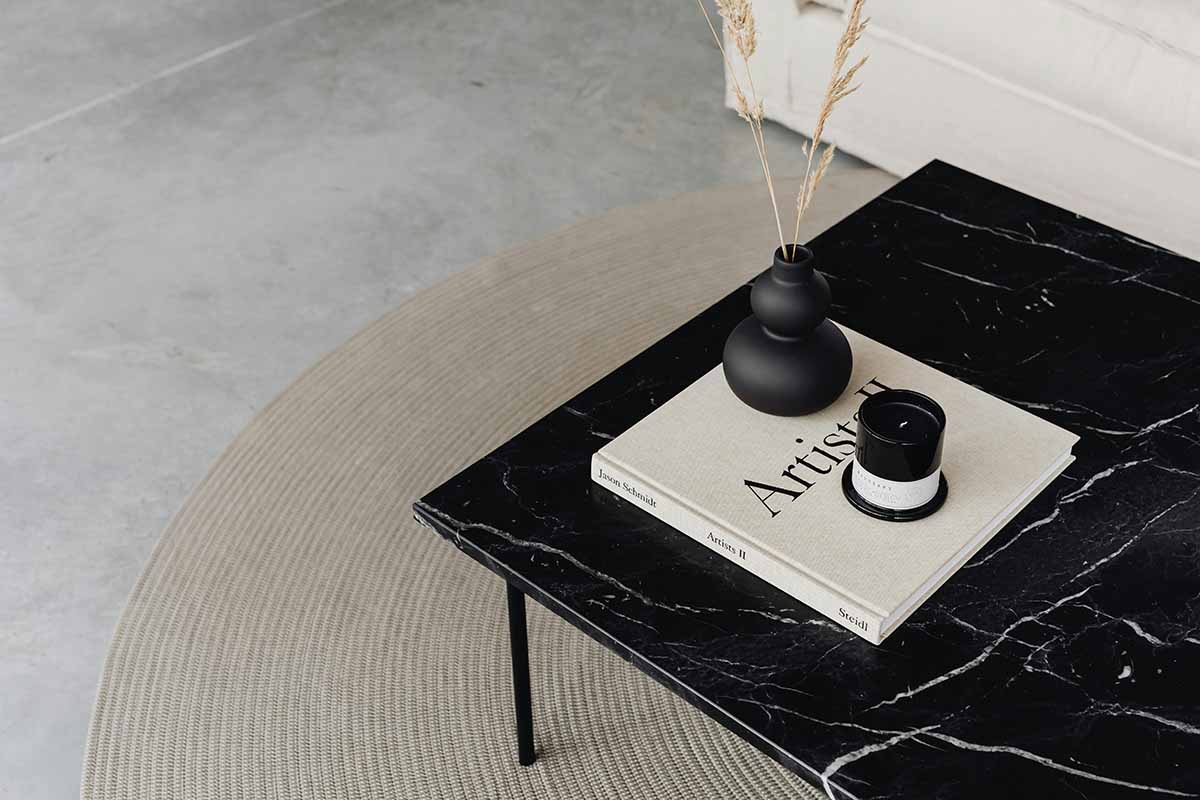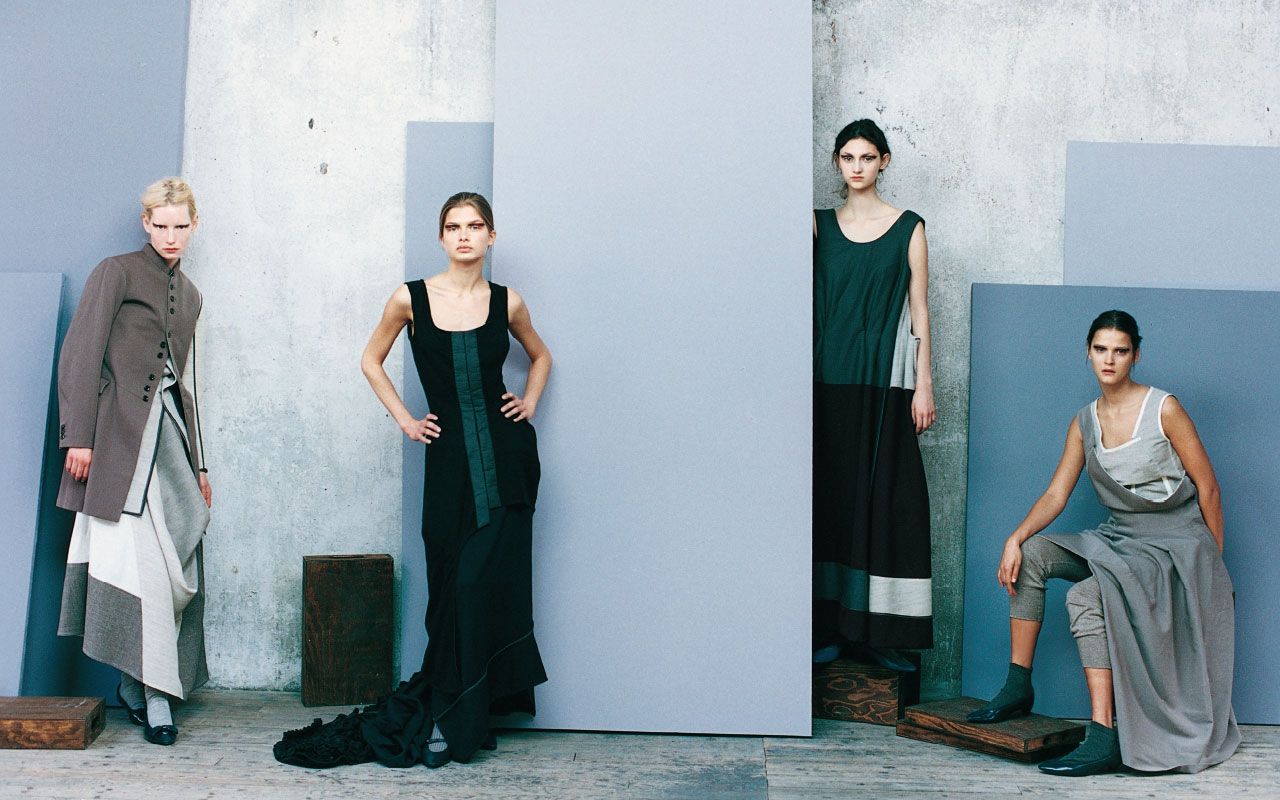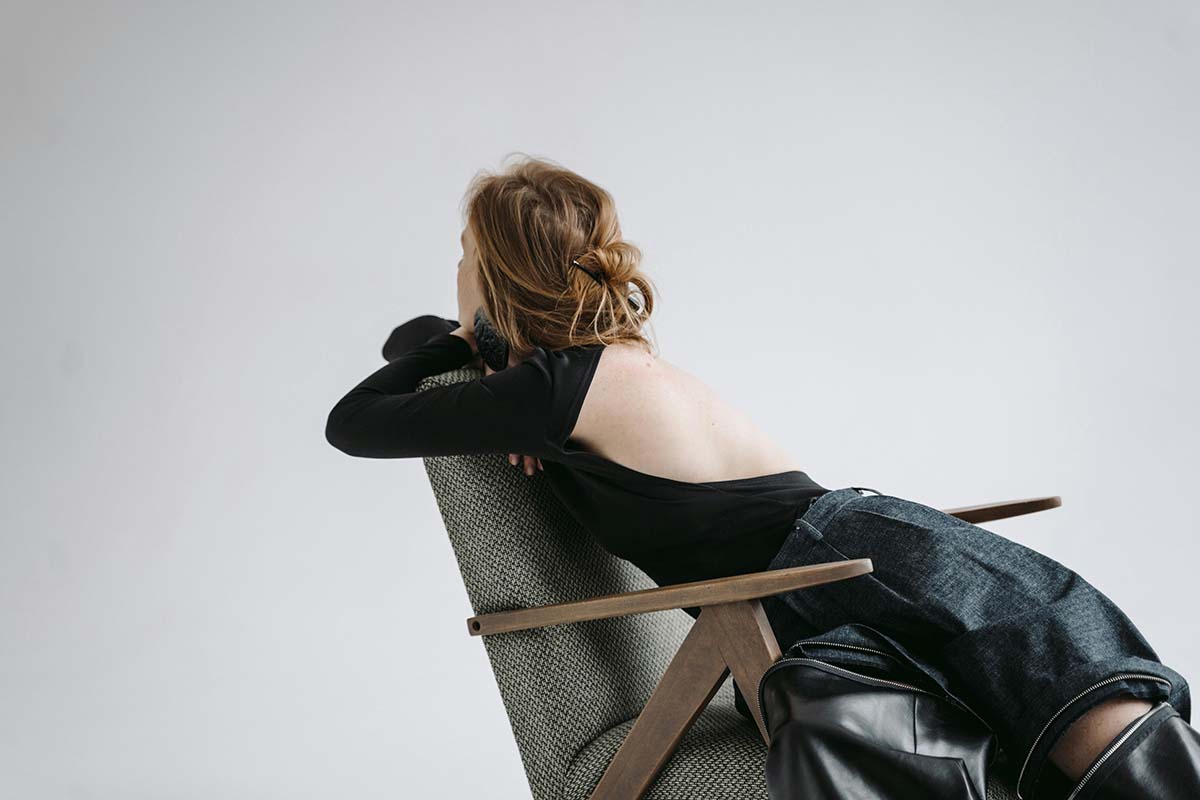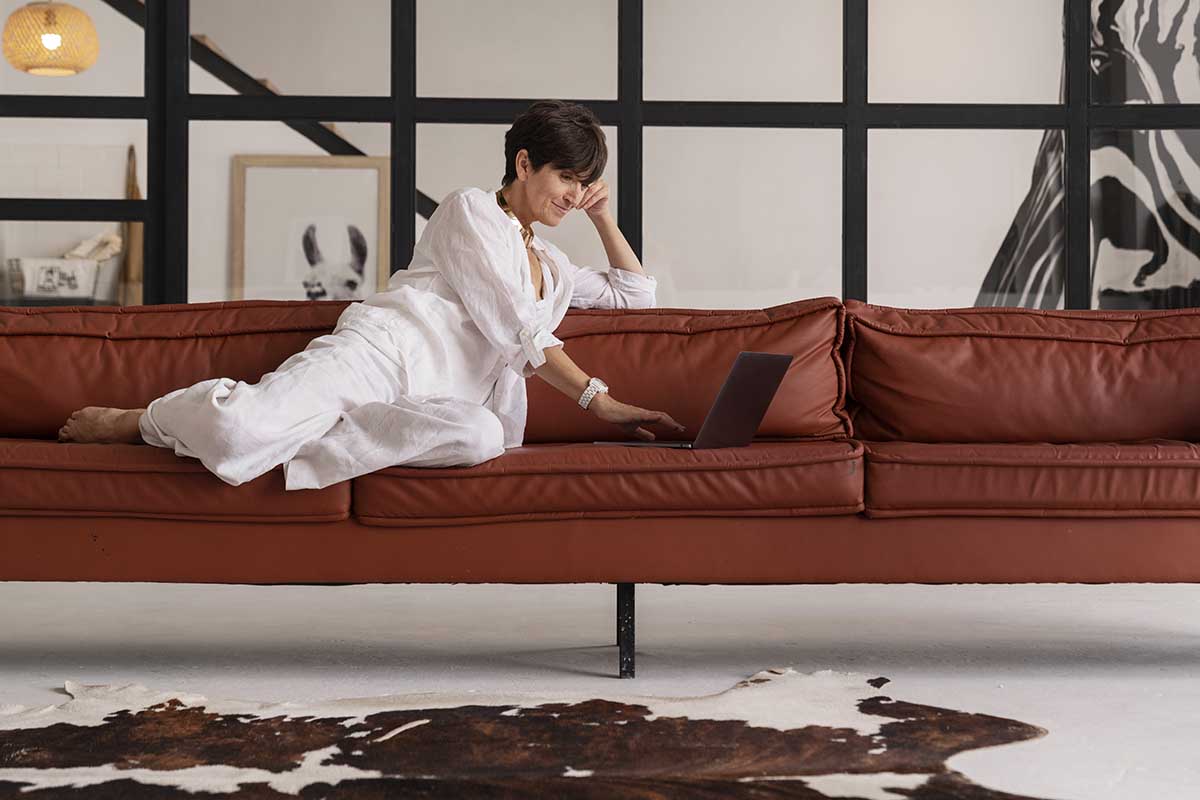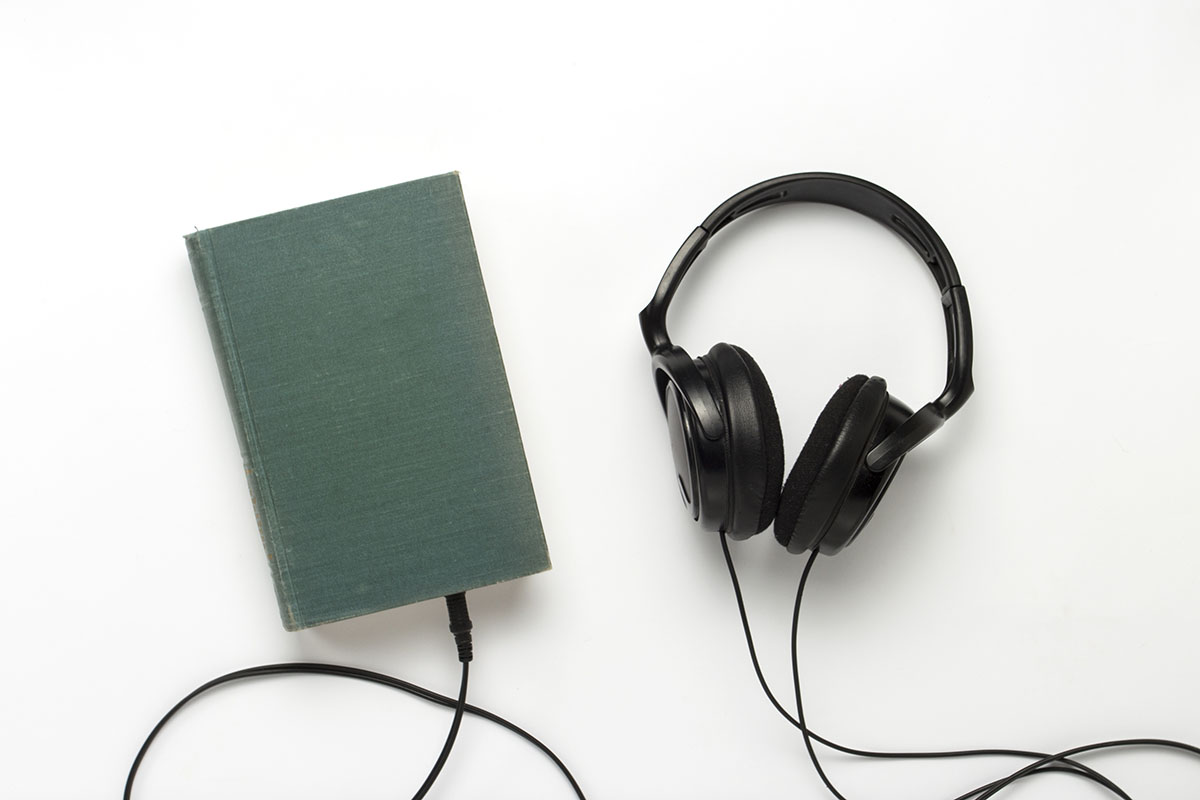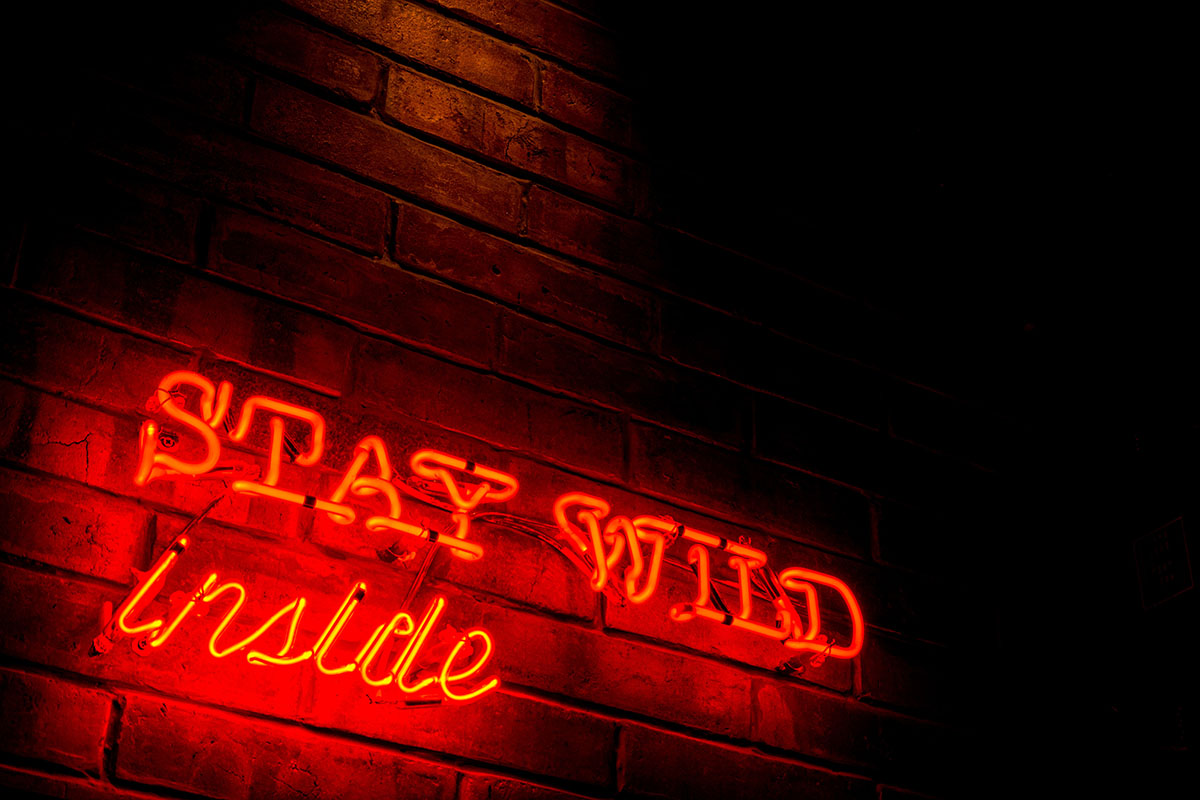How to Embrace Minimalism in 2025: It’s Not Just Aesthetic—It’s Survival
Key Points
Minimalism in 2025 isn’t just a design choice—it’s a survival mindset for dealing with emotional, financial, and digital overload.
The movement has evolved over centuries—from philosophy to design to rebellion—and is now rooted in emotional clarity and self-preservation.
Letting go of what no longer serves you (even what’s in your cheap self storage unit) creates space for focus, freedom, and peace.
2025 feels heavy.
We’re stretched thin—digitally, emotionally, financially. The pressure to buy, own, and constantly keep up isn’t just exhausting—it’s everywhere.
And quietly, more of us are starting to wonder:
What if I simply wanted… less?
Between no-buy challenges, rising rent, burnout, and mental clutter, minimalism isn’t just a trend anymore.
It’s becoming a survival tool.
A pause. A way to breathe again.
But here’s the thing—minimalism didn’t start on Pinterest or in a Netflix doc.
It’s been evolving for centuries, shaped by art, resistance, philosophy, and a deep, human desire to feel free in a world that constantly demands more.
To really understand why minimalism matters in 2025, we need to go back—see where it came from, how it grew, and why it might finally be the reset we’re all looking for.
Because this isn’t about cold, empty rooms.
This is about emotional clarity.
If you’ve ever said:
“I’m overwhelmed by how much I manage.”
“I buy things I don’t even like.”
“I have a cheap self storage unit full of stuff I forgot I owned.”
“My mind’s loud—even when my space is clean.”
You’re not alone. And minimalism, when done right, offers relief—not restriction.
So let’s walk through the history—how minimalism evolved, what it really means today, and how it can help you live lighter in a world that keeps getting heavier.
Because maybe…more isn’t better. More is just more.
Minimalism is a word we hear all the time. But what does it really mean?
Is it cleaning out your closet? Decluttering your garage?
Or finally letting go of whatever’s been sitting in that cheap self storage unit for the past two years?
Yes—and also, much more than that.
Minimalism: More Than Clean Shelves
We often think of minimalism as a white room with one chair. Or a TikTok video with someone tossing out 50% of their closet.
But the real minimalism runs deeper. It’s about:
Owning only what supports your values;
Designing space (and life) with intention;
Reducing noise—physical and emotional;
Now let’s trace the path that got us here.
The 1800s – The Birth of Thoughtful Living
Minimalist thinking goes way back. In the 1800s, writers like Ralph Waldo Emerson and others in the transcendentalist movement promoted an early version of the minimalist mindset:
To think clearly, live simply.
They believed that inner peace and purpose came from nature, solitude, and detachment from material chaos.
They didn’t call it minimalism—but they were asking the same question we’re asking now:
How much is enough?
The 1920s – Form Follows Function
Minimalism first made a name for itself in design and art during the 1920s.
This roaring 20s era introduced a new kind of beauty: one rooted in simplicity, utility, and clarity.
Artists and designers stripped away excess and focused on elevating everyday objects—chairs, lamps, buildings—into something beautiful because of their simplicity.
✨ This philosophy still lives today in brands like Muji, IKEA, and Apple, where every detail is intentional, clean, and calming.
The 1960s–1970s – The Minimalist Art Movement
Minimalism as we know it gained traction in the ‘60s and ‘70s when artists moved away from expressive, chaotic styles toward quiet, meaningful simplicity.
This was the decade of blank space, monochrome installations, and the birth of “less is more” as a visual language.
Legendary designer Dieter Rams laid down the 10 principles of good design—most of which boil down to one thing:
Design should be honest, useful, and as little as possible.
In other words: if it doesn’t add value, it’s noise.
The 1980s–2000s – The Rise of “Slow” as Rebellion
As the world became faster, louder, and more globalized—think fast food, fast fashion, fast tech—a quiet resistance was born.
Movements like Slow Food emerged in Europe, pushing back against McDonald’s-style living.
Instead of speed and volume, people wanted quality, presence, and patience.
This was the era where minimalism became cultural rebellion—a way to say:
“No, I don’t want more. I want better.”
2000s–2020s – The Pinterest Minimalism Era
Minimalism entered the mainstream in the 2000s—thanks to Scandinavian design, the KonMari method, and blogs like The Minimalists.
People decluttered, downsized, and shared it all online. But something got lost in translation.
For many, minimalism turned into… another shopping aesthetic. A trend.
A curated feed of white walls and neatly folded linen.
✨ Some brands, like Everlane and Cuyana, embraced minimalist values in their storytelling: fewer pieces, timeless designs, ethical manufacturing.
But even then, minimalism often got rebranded as *“buy better”—but still buy.”
2025 – The Minimalism We Actually Need
Now we’re here. And minimalism in 2025 feels different.
We’re in a no-buy economy. People are spending less—not because it’s trendy, but because it’s emotionally and financially necessary.
We’re anxious. Overstimulated. And craving space—in our closets, schedules, and minds.
Here’s what’s shaping the movement now:
1. Emotional Decluttering Comes First
In 2025, people are unfollowing toxic creators, simplifying work systems, saying no to hustle culture.
Minimalism isn’t about tossing items—it’s about removing anything that drains you.
2. Gen Z Isn’t Buying the Hype (Literally)
This generation isn’t defined by ownership. They prefer renting, swapping, digital fashion, and sustainable secondhand.
Brands like ThredUp, Vinted, and Acura (with its sleek rebrand for Gen Z drivers) know: flexibility and values matter more than labels.
3. Cinematic Minimalism is the New Visual Language
- Think Jaguar’s all-electric rebrand. Or Apple’s soft, ambient product videos.
- Storytelling is slow, smooth, and calm.
- We don’t want to be shouted at anymore—we want to feel something deeper.
This is synchro-marketing at work—brands syncing their values, visuals, and emotional tone across platforms to connect meaningfully, not just sell loudly.
️ How to Start Living Minimalism in 2025
You don’t have to go full monk mode to live more minimally.
✅Here’s a gentle entry point:
Audit what drains you.
Is it your inbox? Your skincare shelf? Your calendar? Clear one space this week.Define what “enough” means for you.
Minimalism isn’t one-size-fits-all. Maybe your enough is 30 pieces of clothing. Maybe it’s 5. Start where you are.Think emotionally, not just practically.
Ask: Does this add peace or pressure to my life?Shift focus from ‘less stuff’ to ‘more clarity’.
This is about energy, not just organization.
Final Thought
Minimalism has been evolving for over two centuries—from quiet philosophies to design principles to cultural movements.
And now, in 2025, it’s more relevant than ever.
It’s not just about your home. It’s about your head. Your focus. Your peace.
- So next time you feel overwhelmed by life, open a drawer.
- Or even better—close a tab.
- That’s minimalism, too.
Besides the noble art of getting things done, there is the novel art of leaving things undone. The wisdom of life consists in the elimination of non-essentials.
– Lin Yutang.
Next time you crave a good decluttering session in your cheap self storage unit or garage, why not check out The Minimalists on Youtube or either of their Netflix documentaries?
The more you know about the concept, the more likely you want to embrace it in all areas of your life.
